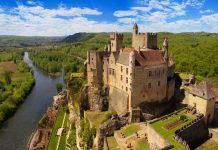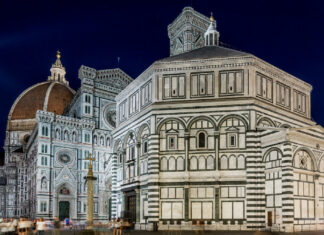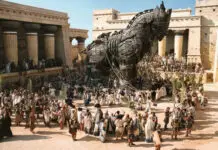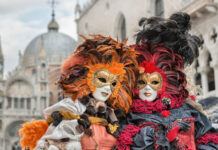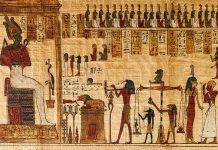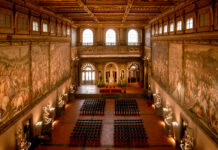The Venus de Milo

Standing as a symbol of beauty and grace, the Venus de Milo is an iconic sculpture dating back to 100 BC. This marble statue, believed to represent the goddess Aphrodite, showcases the idealized female form. The absence of arms only adds to its mystique, allowing viewers to focus entirely on the statue’s harmonious proportions.
The Discus Thrower (Discobolus)
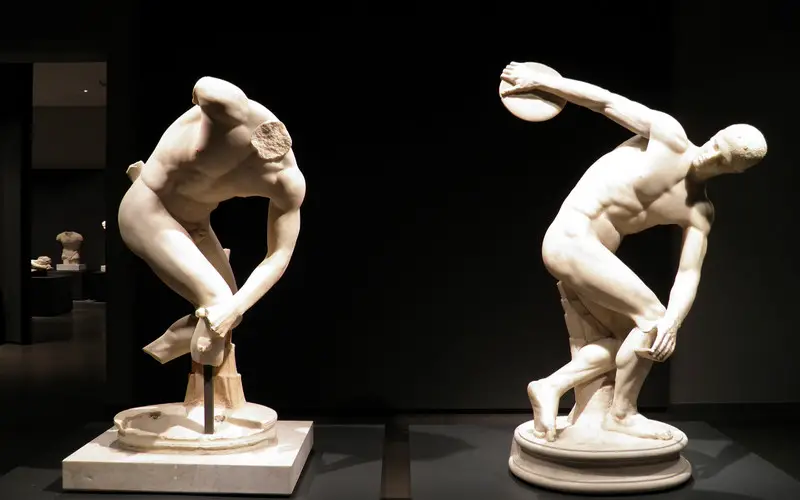
Created by Myron around 450 BC, the Discobolus is a magnificent portrayal of an athlete in the act of throwing a discus. The sculpture captures the peak of physical exertion and showcases the sculptor’s mastery of anatomical accuracy.
The Laocoön and His Sons
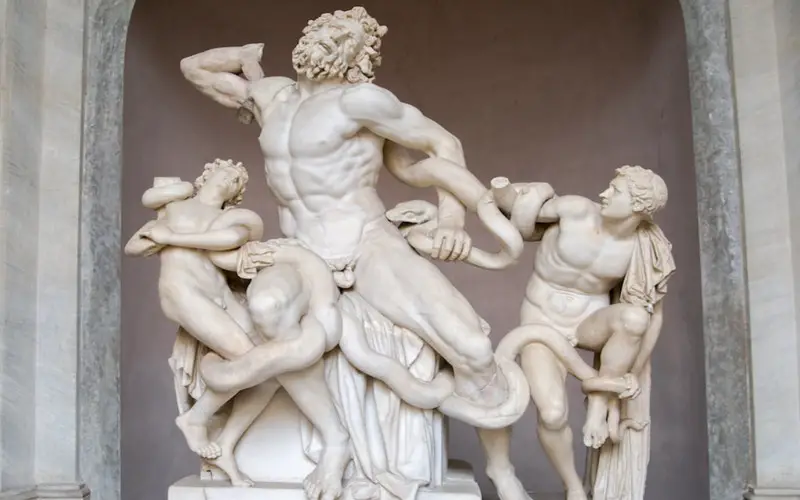
This striking sculpture group depicts a Trojan priest, Laocoön, and his sons in the throes of agony as they are attacked by sea serpents sent by the gods. Created during the Hellenistic period, it stands as a testament to the emotional power of Greek sculpture, combining physical and emotional drama in a captivating manner.
The Winged Victory of Samothrace
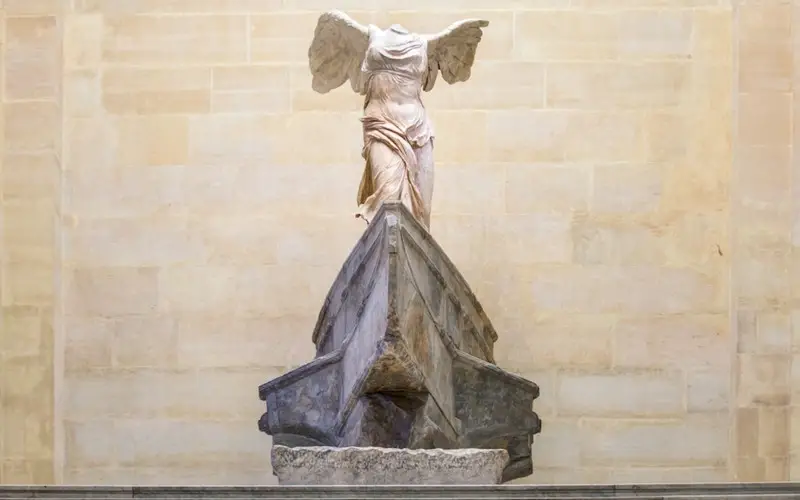
Also known as Nike of Samothrace, this sculpture, dating back to 190 BC, represents the goddess Nike in the form of a victory figure. Perched atop a ship’s bow, the statue exudes an aura of dynamic energy, with its flowing drapery and outstretched wings.
The Dying Gaul
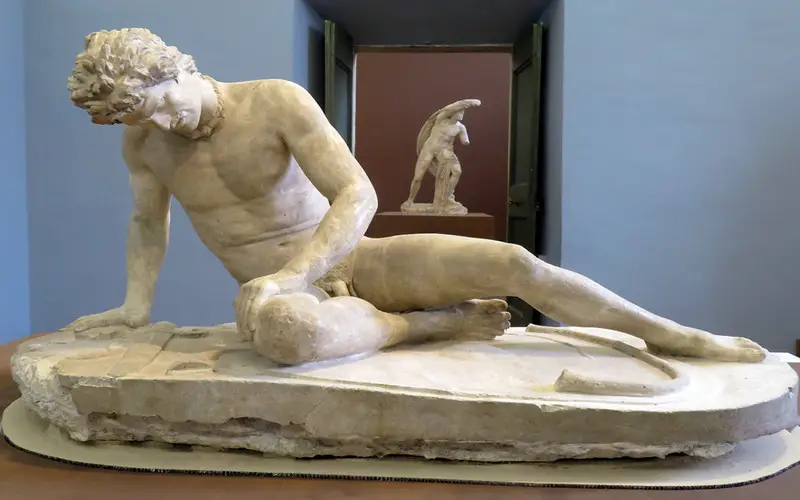
A poignant representation of a defeated Gallic warrior, the Dying Gaul reflects the intricate skill of Greek sculptor Epigonus. The sculpture emanates sorrow and dignity in the face of defeat and pays tribute to the humanity that transcends cultural boundaries.
The Hermes and the Infant Dionysus (Praxiteles’ Hermes)
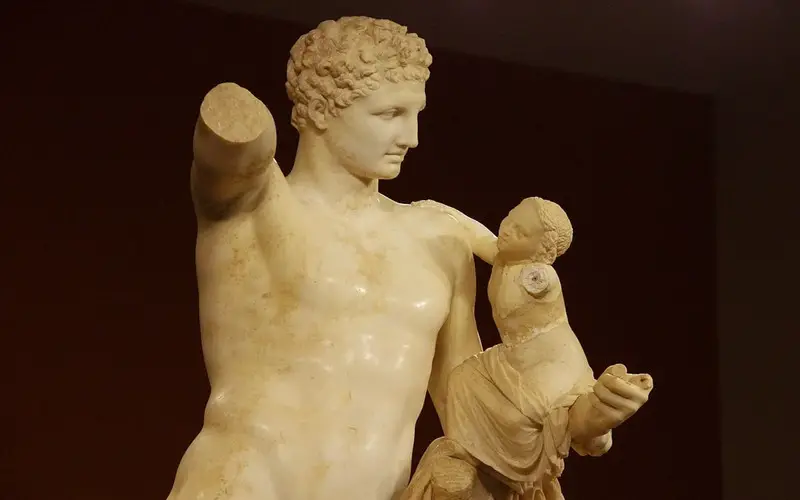
A masterpiece by Praxiteles, this sculpture presents the god Hermes holding the infant Dionysus. The tender and naturalistic portrayal of Hermes’ form and expression showcases Praxiteles’ unique ability to capture the grace of divinity.
The Riace Bronzes

The Riace Bronzes, two magnificent life-sized bronze statues of warriors, were discovered off the coast of Calabria, Italy, in 1972. Dating back to the 5th century BC, these sculptures stand as exquisite examples of the skill and artistry of Greek sculptors in the medium of bronze.






